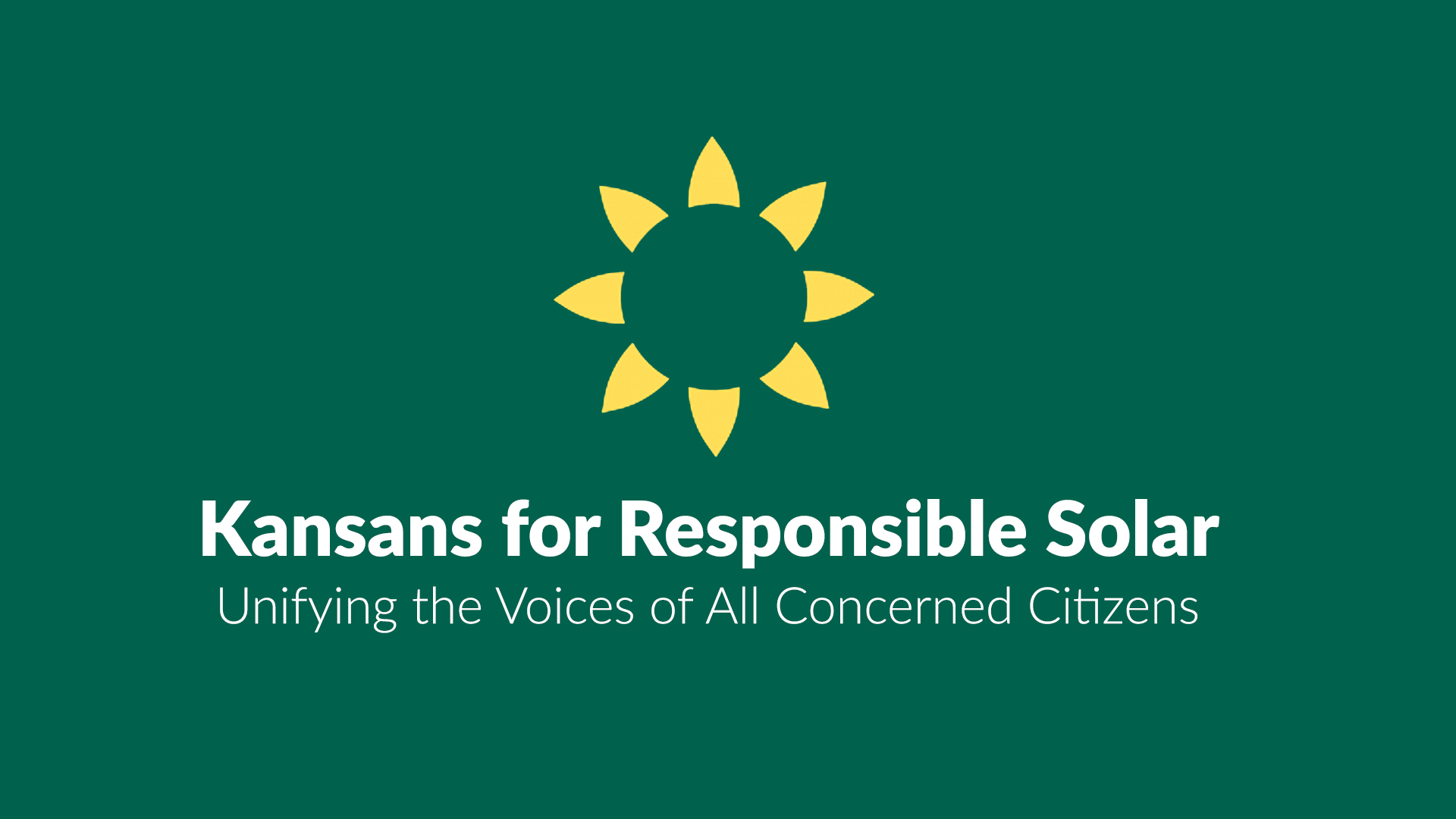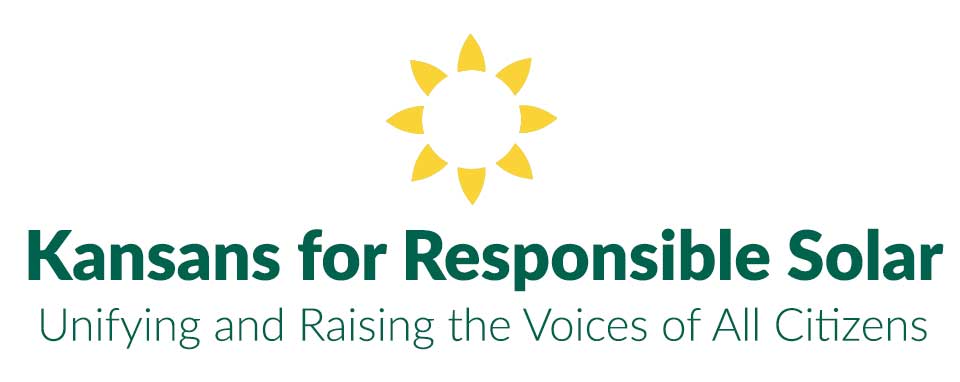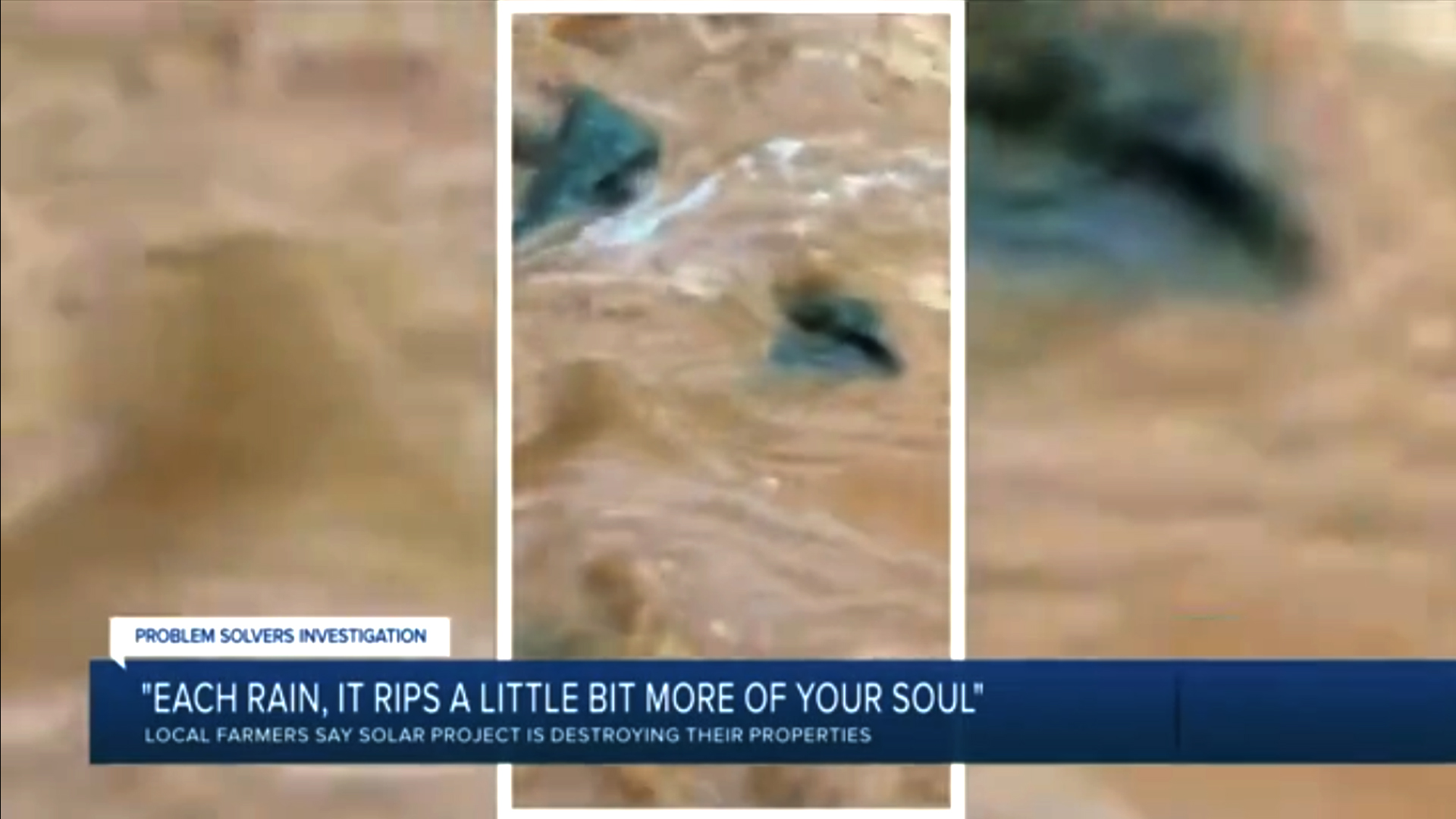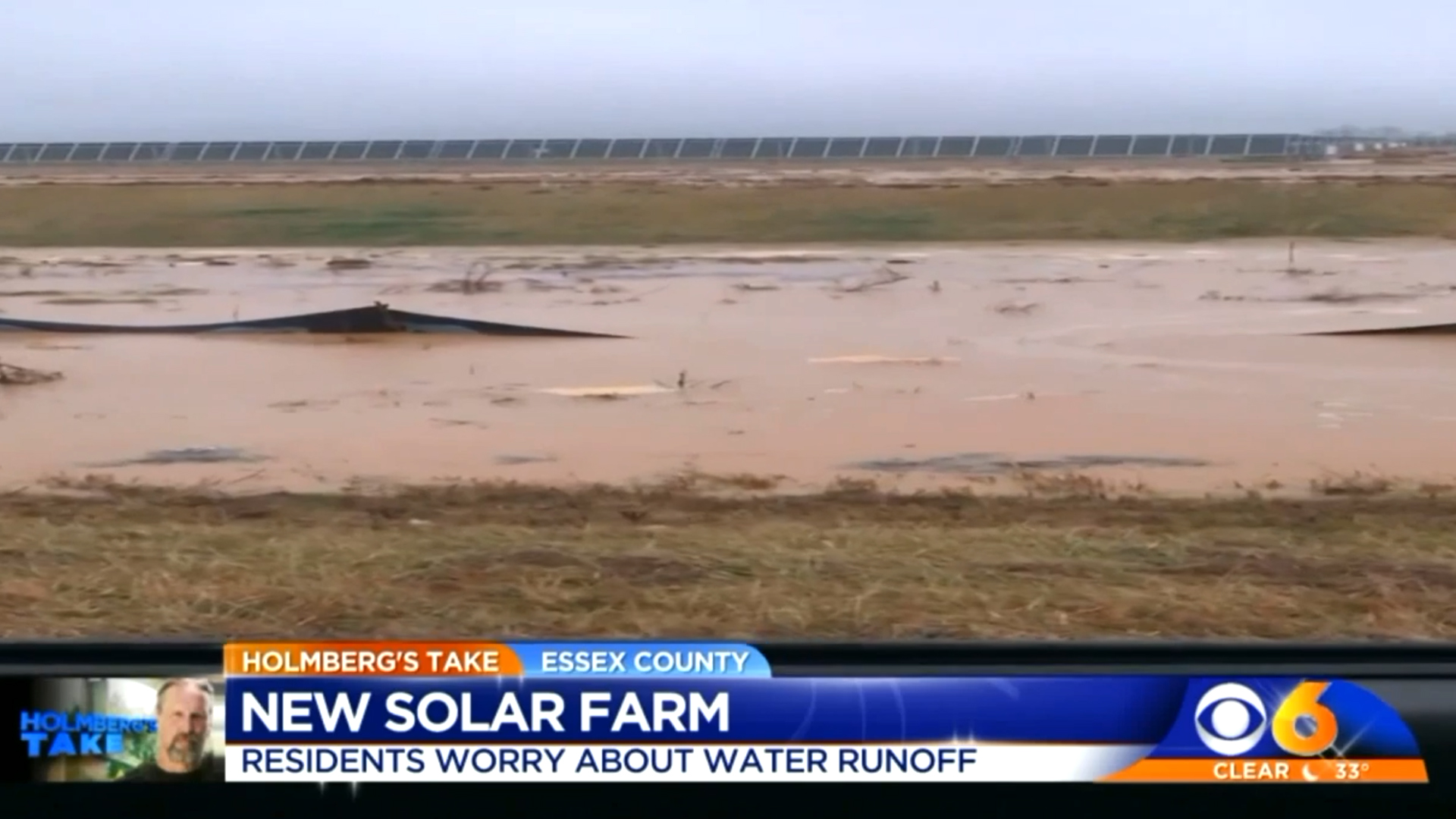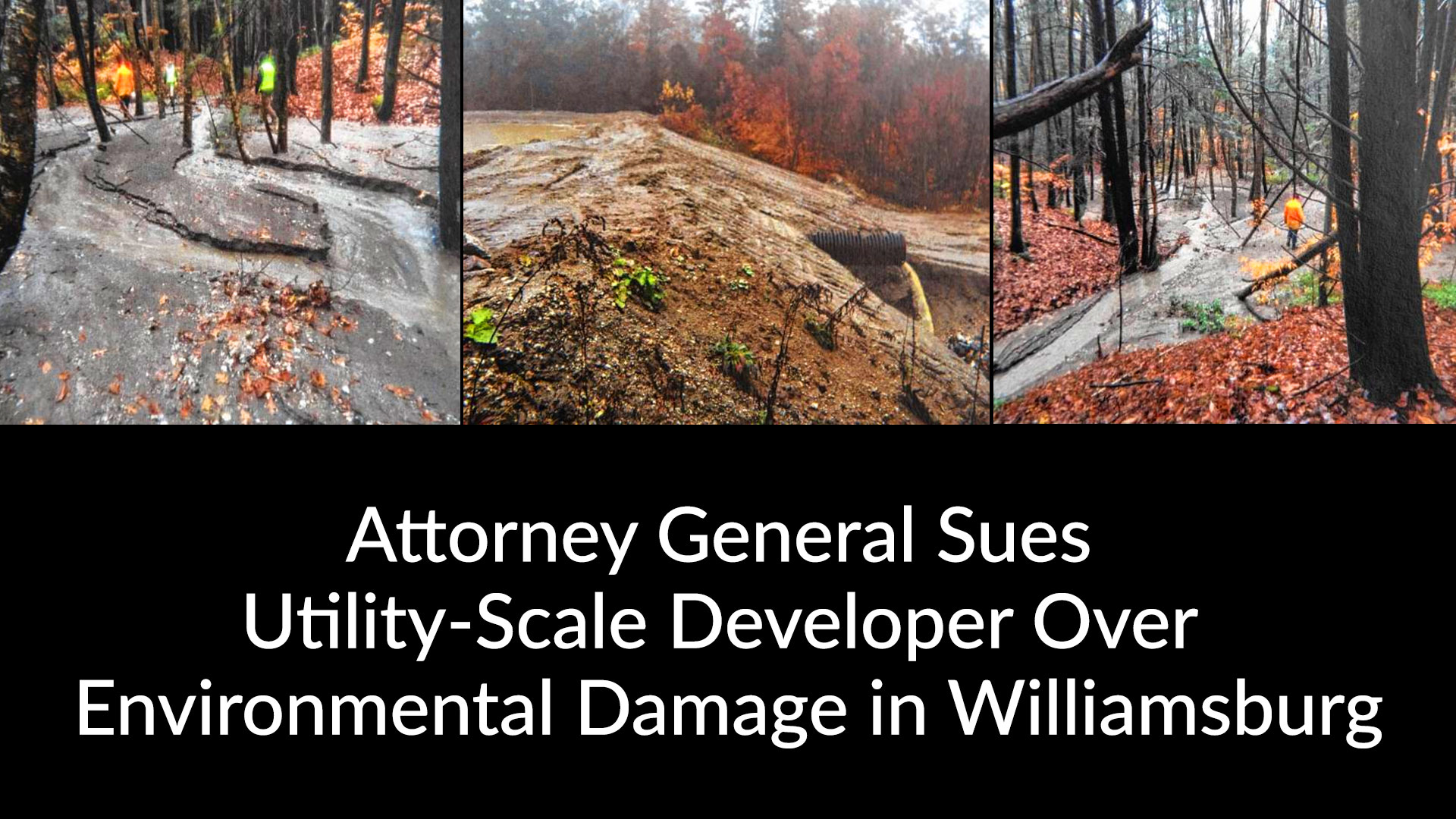Citizens Have Big Concerns
Utility-Scale Solar Stormwater Run-off, Erosion and Flooding Issues
What do we all REALLY KNOW? Don’t RUSH the Critical Thinking, Serious Debate and Decisons that will irreversibly impact our Counties, State, Nation and World …
Landowners are concerned with increased runoff from utility scale solar facilities both during construction and during ongoing operations. During construction the land will be scraped of vegetation and bare ground exposed to rain and wind. This exposure will only be made worse by months of grading, road construction, trenching, and heavy equipment traversing the landscape. Most soils in the area are classified as highly erodible or erodible Sibleyville soils. Increased runoff will result in costly erosion on adjacent properties and harm adjacent landowners.
1) Comments from Darren Coffey, Berkley Consulting, Before the Johnson County Planning Commission, September 14, 2021
“One of the things that we’ve done in more of the administrative sections of these regulations is talked about the importance of erosion and sediment control and stormwater design, third party design review, before it ever goes to the regulatory authority for their review. What that does is ensures that the industry has designed it appropriately and that once it’s built and implemented appropriately, if it’s approved, that there will be minimal if any stormwater erosion and sediment issues. When these things are done correctly, there tend to be very few issues. If they’re not done correctly, they can have very, very detrimental impacts, particularly on adjacent property owners.”
2) Discussion on General Land Maintenance in the article at North Carolina State University
Cooperative Extension (ncsu.edu)
Excerpt from section on General Land Maintenance:
Farmland maintenance will especially be critical shortly after development or for land that has a permanent stream in order to protect against erosion or flooding concerns. Removal from agricultural land use does not exempt the landowner from soil or stream maintenance that might otherwise impact water flow or degrade soil or water quality.
Many soils within Craven County, NC are either very coarse sand or soils that drain poorly. Both of these situations may result in topsoil either shifting, sinking or eroding near the base of equipment. Slight shifts in solar panels will alter the degree of tilt required for the unit to function properly or even may cause a fire hazard (See Fire Safety). Thus, replacement of eroded topsoil should be a priority, especially between the time after completion of the construction and establishment of a permanent ground cover.
Flooding is another issue that should be examined. Storm events within this area historically cause flooding for some areas. Maps showing the flood plains are available for review at NC Floodmaps. However, also consider that continued development and increased impervious surface modifies this map data. Thus, some variance is likely due to a changing environment, increased development and water management (or lack thereof).
One should also consider that Eastern NC is at risk for frequent tropical storm systems. Trees and debris will fall into the area. As farmland, the farmer tending the land normally assumes the
responsibilities and cost of cleanup. In some cases, the farmer may qualify for financial assistance for cleaning up the debris. Commercial property may or may not qualify for such and it will be the responsibility of the landowner to clean up debris.
3) Altenergymag.com article on erosion due to solar panels
Erosion is one risk that workers must mitigate or fix when working with solar panels. These farms can span several acres, with the structures covering most of that land. Underneath it all, the soil and dirt must stay in place. Otherwise, the structures could shift and become less efficient — or become damaged beyond function.
All forms of solar panel installation and management must include plans for erosion control. Water and wind are two of the biggest culprits of erosion. During high winds or strong storms, topsoil erodes and changes the landscape of the farm.
If erosion exposes the electrical wirings, power failures can occur. If storms bring enough rain, mudslides can happen on a significant slope. Workers must be cautious of flat land, too, since it can cause flooding.
With these potential risks and outcomes, mitigation is necessary. However, that, too, can be tricky due to the environment.
4) Virginia Farmers Impacted by Storm Water Runoff from Utility Scale Solar Facility
The neighbors say since last fall, every time it rains, a little more of their land is being washed away by excess stormwater runoff from Dominion Energy’s Belcher Solar Project.
5) Green Solar Farm is Turning Essex County Watershed Brown in Richmond, Virginia
Never for a minute did he believe anyone, or any company would be allowed to build in such a way that an untold number of tons of muddy sediment would blast through the ditches, the sleepy creek and into the Rappahannock River, all part of the Chesapeake Bay watershed.
“Mud coming in from the solar farm, all the way up the road, down in Muddy Gut Creek, which feeds right into the river. I’ve never seen anything like it. Never. Not in my whole lifetime. Even after a hurricane.”
6) Utility-Scale Solar Developer Fine $1.14 Million for Damages to Wetlands in Massachusetts
“Developers must abide by our important state and federal laws designed to protect precious natural resources like wetlands that prevent flooding and storm damage, and support wildlife,” said Healey, reported the Daily Hampshire Gazette. “This resolution requires the company to restore the resources it damaged and to fund land acquisitions that will improve the water quality of the West Branch Mill River.”
7) Attorney General Sues Utility-Scale Solar Developer Over Environmental Damage in Williamsburg, MA
These issues resulted in violations of the federal Clean Water Act, the Massachusetts Wetlands Protection Act and the Massachusetts Clean Waters Act, according to allegations in the lawsuit. In addition, the company allegedly failed to comply with an enforcement order issued by the state Department of Environmental Protection for stabilizing the site, stormwater controls and restoration of damaged resources.
Other Citizens’ Utility-Scale Solar Concern Topics
Problems with Utility-Scale Solar Power Facilities
This section contains discussion around the “problems” with renewable energy technologies. What happens when Utility-Scale Solar ends up hurting humans, wildlife and the planet as a whole? Understanding the many complexities of Utility-Scale Solar is critical before decisions are made.
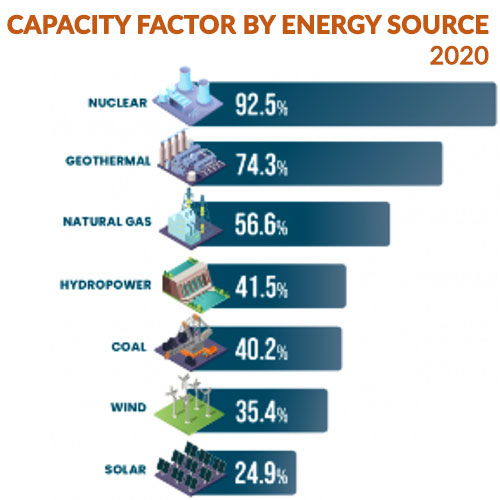
County and City Government Impacts
This section contains concerns over tax abatements for Industrial Utility-Scale Solar Developments, unreliable dispatchable electricity (energy insecurity), increased electrical rates, county staffing and administration challenges, negative impact on long-term economic growth of counties.
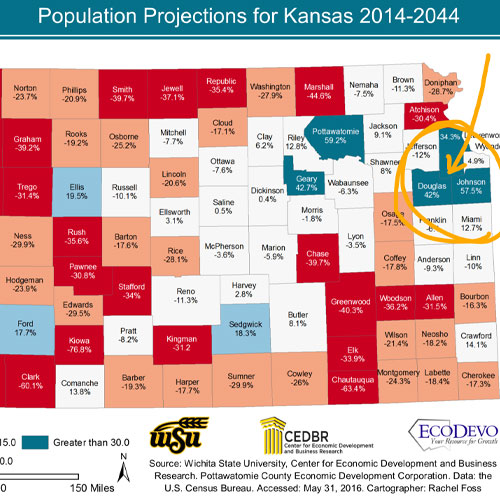
Property Valuation Impacts on Surrounding Properties
This section contains comments on Utility-Scale Solar and what has been observed and studied with regards to negative impacts to surrounding property values. Content was curated from Appraisal experts, property value research studies (not many out there since large scale industrial solar power facilities near human populations/homes, within less than 1 mile, is a new concern).
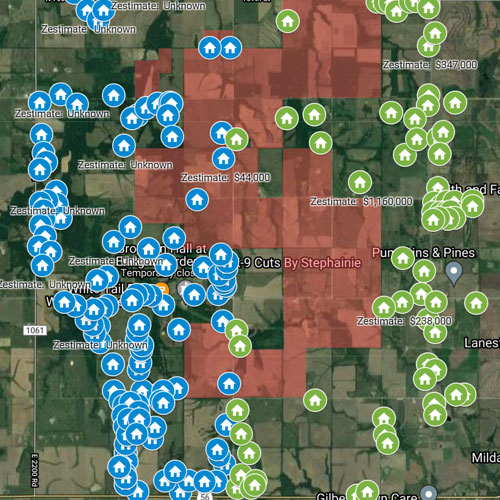
Heath and Safety Concerns
This section contains discussion on fire risk hazards related to large lithium-ion battery energy storage systems, inverters and solar arrays.
Also health concerns around Utility-Scale Solar noise, glint and glare and long-term exposure to low-level radiation produced by EMFs (electric and magnetic fields) from concentrated Utility-Scale Solar inverters, transmission lines and battery storage facilities in close proximity to and in some cases surronding homes.
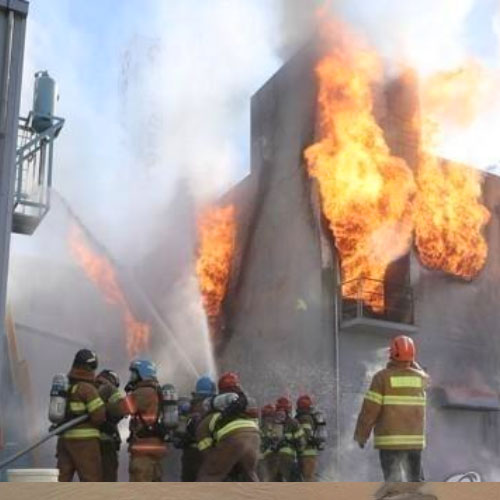
Videos
This section contains a collection of videos, spanning all topics. If you don’t like to read articles these videos are helpful in explaining many of the concerns outlined above. Additionally you will find comments from both Douglas and Johnson County, KS Concerned Citizens and past County Planning Commission Public Meetings.
